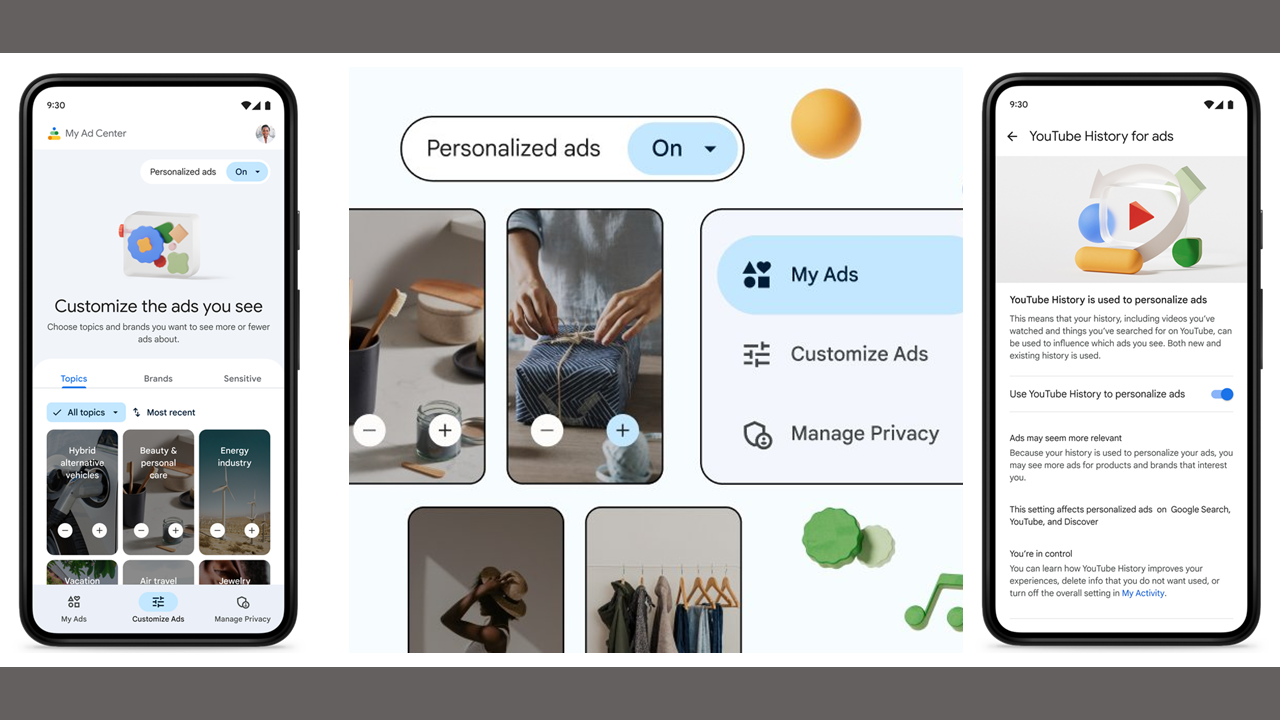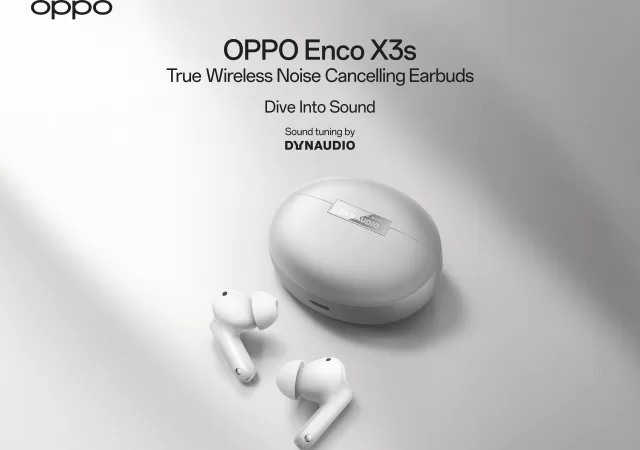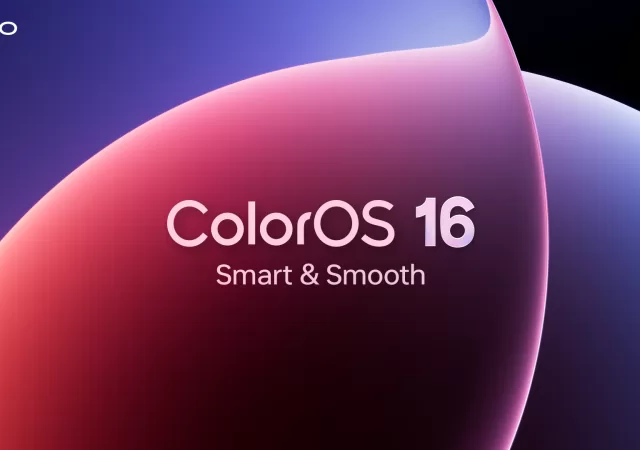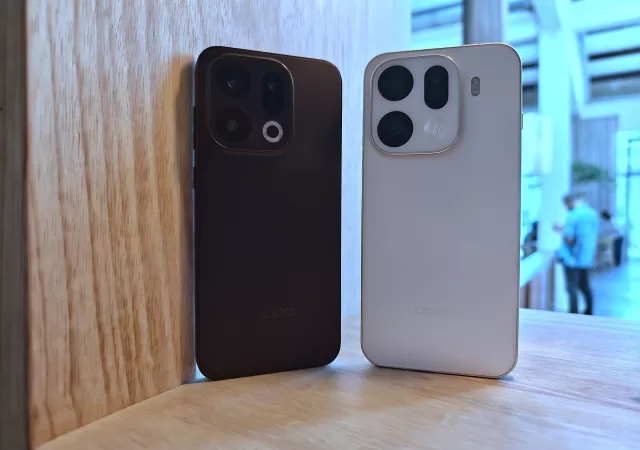Our online experience has largely been determined by our preferences and interests. However, since the introduction of online advertising, we’ve been inundated with advertising on every page. Since then, we’ve been exposed to more ads in a more personal way. Many a time we’ve been faced with ads which have taken cues from our browsing, conversations and even social media – whether we like it or not.
That’s about to change as Google’s recently announced My Ad Center. The new dashboard empowers users – like you and me – to take charge of our online experiences by customizing what and how we see in online ads. It even gives us the option to turn off ad personalization altogether. However, when it came to the announcement, a few questions emerged when it came to how this would work. So, we’re doing a deep dive with Google to explore how My Ad Center affects the big picture.
Putting User Privacy in the Forefront
When it comes down to it, Google’s simple-to-use interface is driven by a philosophy that puts privacy first with accessibility in mind. In the words of the Google Spokesperson, “ We built privacy that works for everyone”. While we were sceptical as Google is a big data and search company, what we learnt from their explanations let us realize the complexity that comes with the business of data.
That said, Google works by a set of core principles when it comes to handling user data in its processes, product development and services. First and foremost is respect for the user and privacy. Two ideas that the spokesperson calls “inseparable”. It’s lauded as a core principle that has guided the company since day one. In fact, Google takes ownership of the need to respect and protect the data they collect from users.
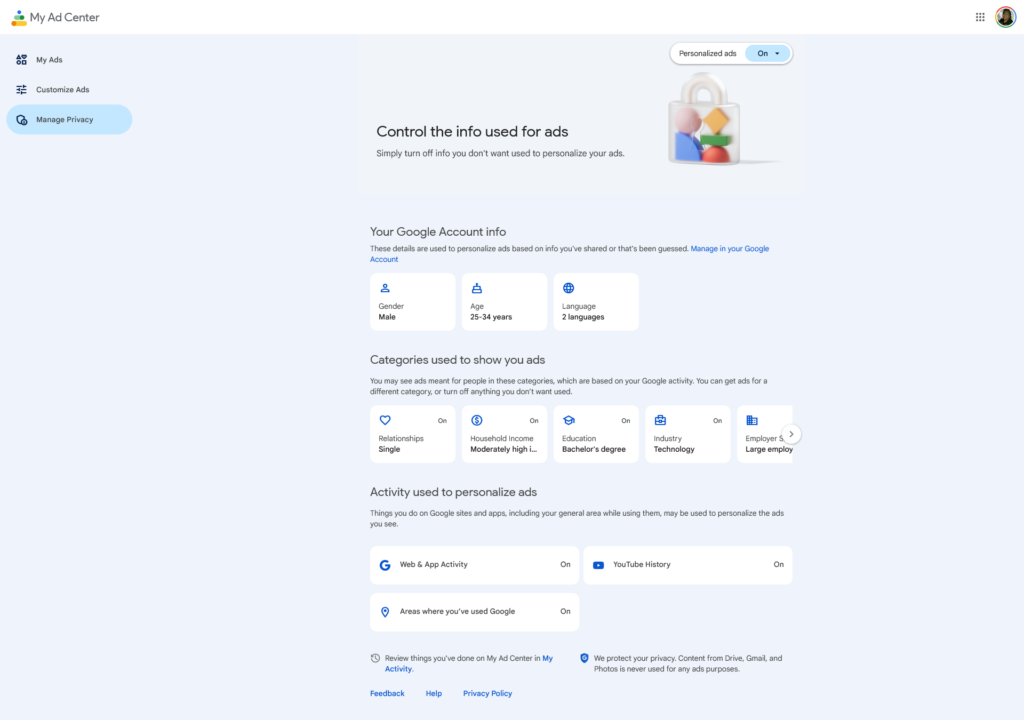
The second principle would surprise anyone – Never sell our users’ personal information to anyone. It’s a long-held conception that Google, like other data companies, uses user data and personal information to generate revenue. However, the company affirms that it uses the data only to inform the personalization and develop products internally. They also use the data to push personalized ads to users which is where they make the bulk of their revenue.
The third principle is the inherent need to make controls and personalization simple and accessible. They are wholly aware of the nuances that come with designing products and features including controls for that privacy. This nuance informs the development of products and options that are becoming increasingly accessible and simple to understand. In fact, My Ad Center embodies this with its approach.
An Easy-to-Use Experience to Take Charge of Your Ads Experience
My Ad Center is the epitome of the simplicity and accessibility that comes with the third principle. Google’s approach when it comes to taking charge of ads and personalization on My Ad Center is very “what you see is what you get”. The interface is simple and, most importantly, easy to navigate and understand. It’s one of the simplest interfaces with all available options front and centre. You don’t have to dig into menus to get to your settings. In fact, Google has put the option to turn off personalization as the first option you see on the top right. Within the interface, Google has used simple, easy-to-understand prompts and choices to allow everyone the ease of customizing their experience
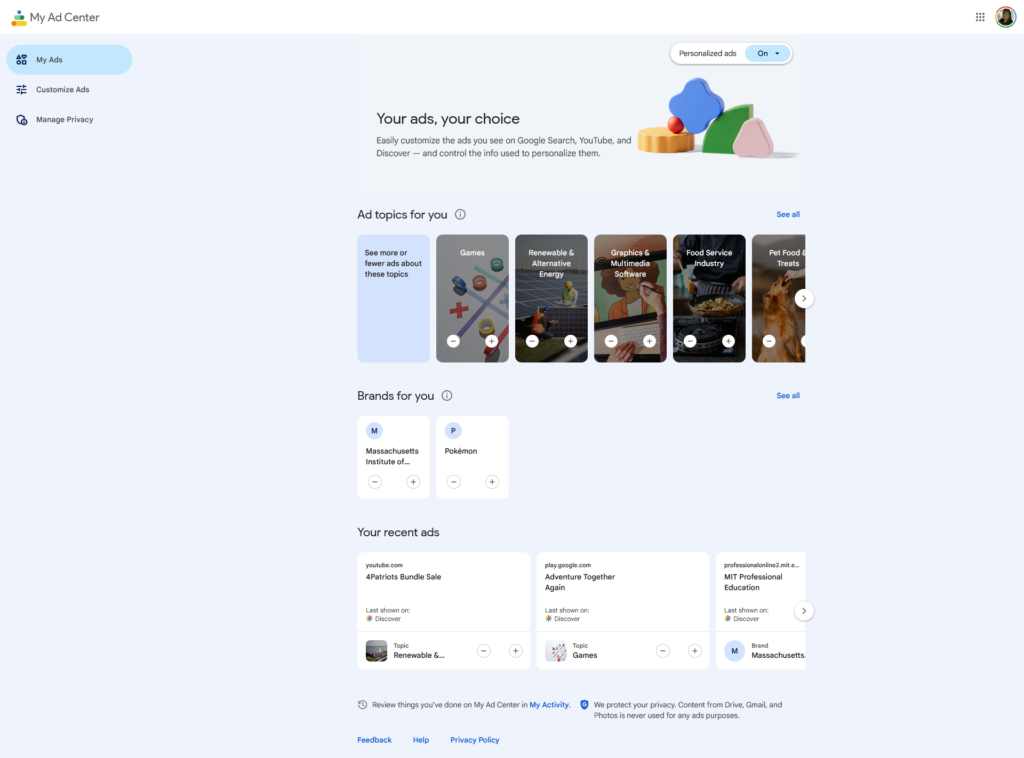
However, design is only the first step. Google isn’t just allowing users to control how they experience ads. We’re also empowered to choose whether data collected from platforms like YouTube, maps and web activity influence our experience on ads. With a simple click of a button, we can enable or disable these data sources. This would mean that young parents who have Coco melon and other kid-centric content on their YouTube accounts can emancipate their ads experience from their YouTube recommendations.
In addition, users are also given options to prioritize, deprioritize and remove brands and topics according to their preferences. Google has also outlined some sensitive topics including dating, gambling and weight loss that users can remove altogether. These customizations not only allow users to complement and control their experiences across Google’s platforms. It also allows us to avoid triggers online and also stay true to our stances when it comes to supporting brand advertising on Google.
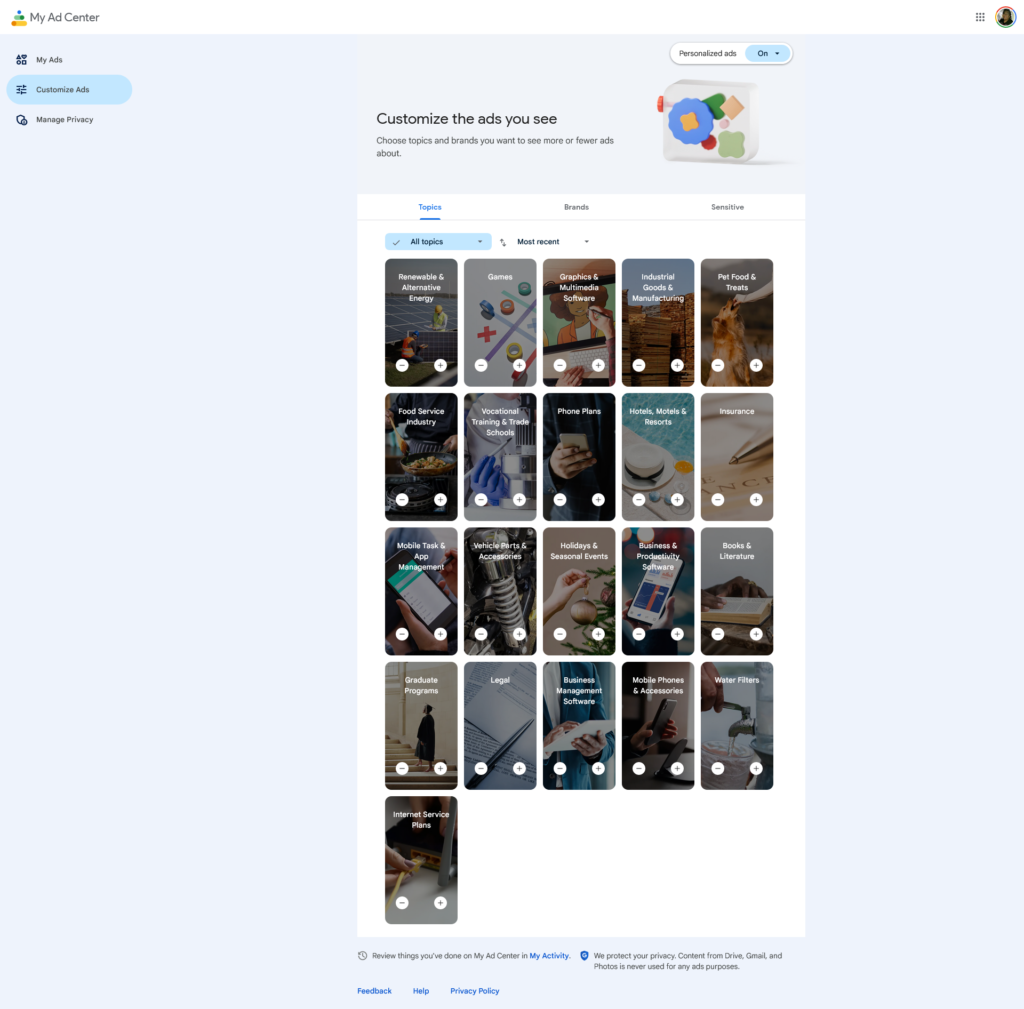
While it may seem like we will eventually create an echo chamber of our own ideas and ideologies. The approach to giving granular controls remains true to Google’s priorities in providing a transparent and user-centric ad experience for users. However, even with the control, these controls and the ads served on the platforms are governed by Google’s advertising policies.
Preserving Creator Revenue & Advertiser Investments
Of course, when it comes to advertising – the biggest question that comes to mind is how it will affect YouTube creator revenue and advertising investments. The long and short of it is that nothing is going to change. The freedom to customize and personalize the ads experience will not have a foreseeable impact on advertising or creator revenue. Google hasn’t officially stated anything in this regard, but their spokesperson has reassured us that revenue-wise, creators can rest at ease. However, it is worth noting that it is still early with My Ad Center only being around for a month.
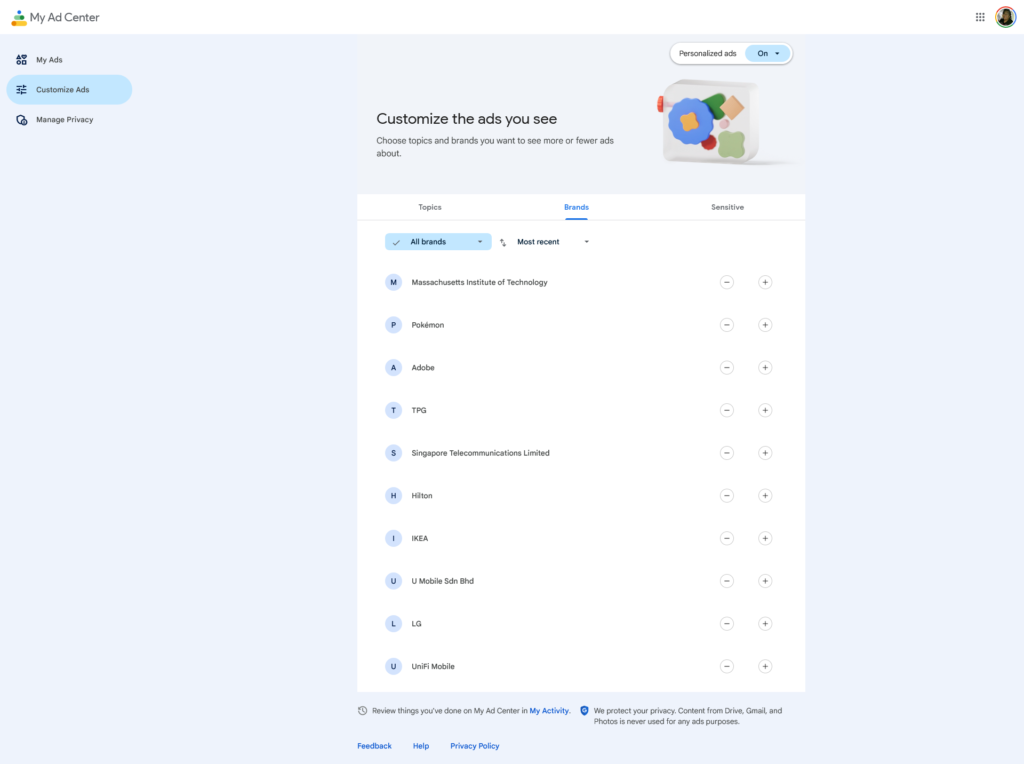
On the flip side, for advertisers, with the increased personalization, advertisers can expect to see more users engaging with their ads. While this may seem counterintuitive, the increased personalization and control will also mean that targeting for ads will be more effective. With more and more users opting to see and engage with ads from certain brands even with the drop off from those who opt to blacklist brands and topics.
More Control, More You
All in all, the personalization and customizations that My Ad Center provides allow users to control their ads experience in a more granular way. They will allow more effective control of privacy but they also have the potential to become a double-edged sword. Users who chose to turn off personalizations completely will experience more general, non-specific ads while those who fine-tune their options will have better, more relevant ones.
That said, this granular control will not affect all of Google’s products. Experiences on Chrome, Android, Android TV and Google TV will remain the same. We will continue to see ads in spaces like Gmail and YouTube but they will be ads that you want from brands and topics that you have chosen to see. Essentially, you are creating an experience that is uniquely yours which is hoped to be a safer space overall.



